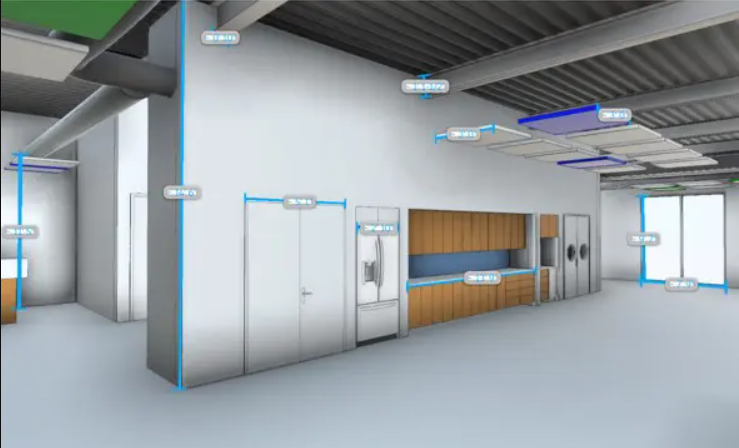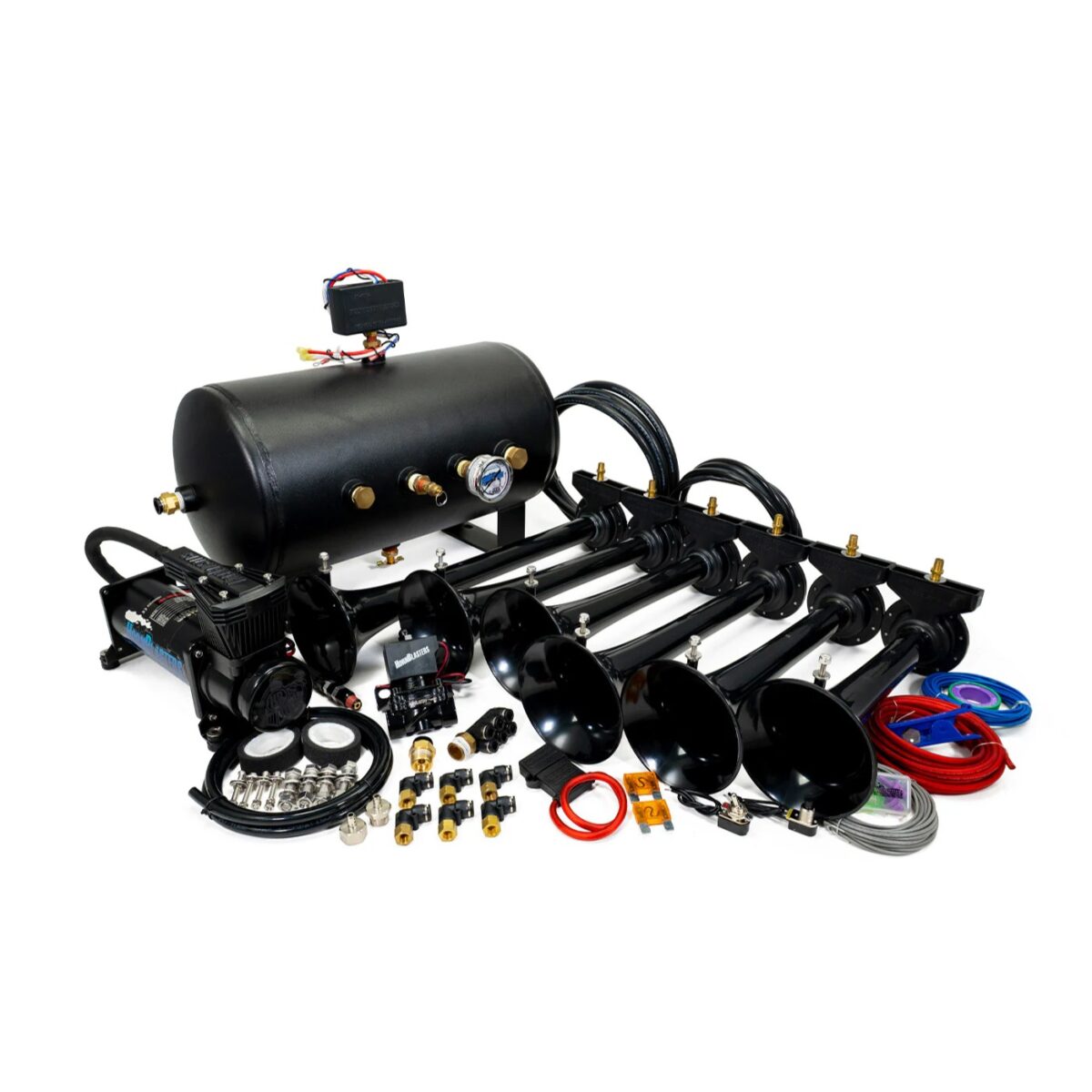Affordable 3D Laser Scanning – Practical Benefits for AEC Projects

Imagine capturing every nook and cranny of a building in minutes without busting your budget. It’s not science fiction – that’s the reality of today’s affordable 3D laser scanning. Once seen as a luxury for big-budget projects, 3D laser scanning has become accessible and cost-effective for firms of all sizes. Architects, engineers, construction managers, and facility owners are increasingly turning to this technology to save time, reduce errors, and ultimately save money. In this conversational guide, we’ll explore why 3D laser scanning services are more affordable than ever and dive into the practical benefits that make them a smart investment.
Why 3D Laser Scanning Is More Affordable Than Ever
Just a few years ago, 3D laser scanning was considered cutting-edge and expensive. Today, however, advancements in technology and broader adoption have driven costs down. According to industry reports, demand for laser scanning in construction has grown by 57% in recent years. This surge in popularity means more providers and improved equipment, leading to competitive pricing. High-quality scanners from companies like FARO, Leica, and Trimble have become faster and cheaper, allowing service providers to offer affordable 3D laser scanning without compromising quality. In fact, modern scanners can capture up to 750,000 data points per second, drastically reducing labor time compared to manual measurements.
Competition and innovation have also played a role in affordability. More 3D laser scanning companies have entered the market nationwide, which means better pricing for clients. Some providers even offer loyalty programs or bulk scanning discounts. For example, RealityIMT – a nationwide scanning firm – focuses on efficiency and passes those savings to clients. The bottom line is that 3D laser scanning services are no longer a costly add-on; they’re a cost-effective staple for modern projects.
Key Practical Benefits of 3D Laser Scanning Services
Affordability wouldn’t matter if 3D scanning didn’t also deliver tangible benefits. Luckily, it offers a wealth of practical advantages that improve project outcomes. Here are some of the top benefits that make laser scanning a smart choice:
- Faster Data Collection: Traditional measuring could take days, but a 3D laser scanning service can document a site in hours. A single scanning session can generate a complete 3D “as-built” model much faster than a crew with tape measures and ladders. This speed not only saves labor costs, it also compresses project schedules. Teams can start design or analysis sooner, keeping projects on track. In one case, a 3D laser scanning service Houston project that would have required a week of manual surveying was finished in a single afternoon thanks to high-speed scanners. When schedules are tight, fast data capture is a game-changer.
- High Accuracy, Fewer Errors: Accuracy is where 3D scanning truly shines. Laser scanners capture millions of points with millimeter-level precision, producing an extremely detailed 3D point cloud of the space. This precision virtually eliminates human measuring errors. Small errors in measurements can lead to big problems – think misaligned equipment or construction rework. By scanning existing conditions, you ensure your plans start with correct data. For instance, reality capture firm Prologue reported that rework typically accounts for 12–15% of construction costs, but 3D scanning can reduce rework to under 3% by catching conflicts before they happen. Fewer errors and less rework mean direct cost savings, often far outweighing the scanning fee.
- Cost Savings & ROI: It might sound counterintuitive that adding a service saves money, but 3D scans can significantly reduce costly surprises. Construction industry studies have found that using scanning can cut change orders by up to 15% and field rework by about 30%. These avoided costs improve your project’s bottom line. Moreover, precise scans help you “measure twice, cut once” – preventing budget creep from mistakes. When you consider that poor data and miscommunication cost the U.S. construction industry an estimated $177 billion per year, the ROI of accurate scanning becomes crystal clear. Investing in a scan up front can stave off expensive delays and scope changes later.
- Minimal Disruption on Site: One practical perk of laser scanning is how non-intrusive it is. The scanning process is fast and quiet, often requiring no shutdown of ongoing operations. Whether it’s an office that can’t pause work or a busy factory floor, scanners can capture everything without getting in the way. There’s no need to set up extensive scaffolding or disturb occupants for long periods. The device sits on a tripod and rotates, doing its job as people carry on with theirs. This “no interruptions” approach means you get accurate data without halting productivity
- Comprehensive Documentation: 3D scanning doesn’t just give you raw numbers – it provides a rich digital record of existing conditions. The output of a scan is a point cloud and often high-resolution photos that can be turned into as-built drawings, 3D models, or BIM files. Instead of incomplete or outdated blueprints, you’ll have a complete digital twin of the building as it is today. This is incredibly useful for planning renovations, retrofits, or expansions. Facility owners get a long-term asset (the model) that they can refer to for maintenance or future projects. Essentially, one scanning session yields a trove of information you can keep using, adding long-term value.
- Improved Collaboration: When all stakeholders have access to a detailed 3D model or virtual walkthrough of the site, collaboration improves. Architects, engineers, and contractors can literally be on the same page (or model). Miscommunications are reduced because everyone is looking at the same accurate representation. For example, design teams can overlay the point cloud onto their CAD drawings to spot clashes before construction, and project managers can easily share the visuals with owners or subcontractors to discuss plans. This clarity gets everyone aligned, which speeds up decision-making and reduces costly back-and-forth during construction.
On-site 3D laser scanning is fast and non-intrusive. Modern scanners can capture complex structures with minimal disruption, providing detailed data that saves time and money.
- Enhanced Safety: Sending a laser scanner into tight or hazardous areas means you don’t have to send a person. For instance, scanning can reach high ceilings, crawlspaces, or active industrial areas that might be risky for manual measuring. Fewer people climbing ladders or roaming construction zones means fewer chances for accidents. Scanning is a safer way to get the data you need. Additionally, by identifying issues early (like structural interferences or weaknesses), 3D scans can help mitigate safety risks in the finished project.
- Flexibility of Output Formats: Another practical benefit is the flexibility of deliverables. Reputable scanning services will provide data in the format that best suits your needs – whether that’s an Autodesk Revit model for your BIM workflow, a clean AutoCAD floor plan, a SketchUp model, or even just an industry-standard point cloud file. This flexibility means you can drop the scan data directly into your existing project software without hassle. It saves your team from redrawing or converting files, letting you integrate the scan results seamlessly into design or analysis.
Real-World Applications That Prove the Benefits
The practical advantages of 3D laser scanning come to life when you look at how it’s used in real projects. Here are a few common applications that highlight why scanning is worth every penny:
- Renovation and Retrofits: Renovating an old building comes with unknowns – walls that aren’t square, undocumented modifications, mystery pipes behind drywall. A 3D scan captures the exact existing conditions so the design team can work with accurate floor plans and models. This prevents nasty surprises during construction (like discovering a beam where you planned a new duct run). For example, a historic theater renovation in Texas used scanning to document ornate architectural details and structural elements, enabling the architects to design precisely fitting additions. The accurate laser scanning services provided a digital blueprint of a 100-year-old structure, something impossible to get otherwise. The result? A smoother renovation with no mid-project “gotchas.”
- Construction Verification: Contractors use 3D scanning to verify that work is proceeding according to plans. By scanning the partially built structure and comparing it against the BIM model, they can catch errors early. Is that concrete slab poured at the correct elevation? Are the steel columns placed correctly within tolerance? A quick scan will tell you – allowing for immediate corrections if something is off. This application directly translates to fewer change orders and rework, which, as mentioned, are huge drivers of cost. Many construction managers now schedule routine scans (weekly or phase-based) to track progress and ensure quality. It’s like having an ultra-precise as-built at each stage of construction.
- Facility Management & Future Maintenance: The benefits continue even after a building is completed. Owners and facility managers can keep the 3D models and interactive 360° walkthroughs from the scanning process realityimt.com. These become invaluable for maintenance, expansions, or even leasing and marketing. Need to know the exact square footage of an office space or the routing of ventilation ducts above a ceiling? Just consult the digital model. Having accurate as-built documentation simplifies maintenance work and helps plan future upgrades without guesswork. In this way, a one-time scan investment keeps paying dividends throughout the building’s life cycle.
- Complex Industrial Projects: Industries like oil & gas, manufacturing plants, and refineries embrace 3D scanning because precision is paramount in those settings. When retrofitting a refinery unit, for example, everything must fit in a maze of existing pipes and equipment. Laser scanning provides a precise 3D layout so engineers can design new components that fit perfectly the first time. It also captures alignment and deflection of structures that happen over time. Companies have used scanning to plan equipment replacements during short shutdown windows – they scan the area beforehand and prefabricate parts to exact dimensions, making installation swift. These practical wins illustrate that scanning isn’t just about fancy visuals; it directly impacts feasibility and success of complex projects.
Choosing the Right Scanning Partner (and a Subtle Plug)
With affordability and benefits in mind, the next step is choosing a service provider that delivers value. Not all scanning services are equal. You’ll want a team with experience, proper equipment, and the ability to turn raw scan data into the deliverables you need. Look for providers who have a track record in your project type – whether it’s commercial buildings, industrial facilities, or historic preservation. Read case studies or ask for examples of their work. Because scanning is now widely available, you can be picky and find a best 3D laser scanning company that fits your budget and requirements.
Naturally, cost matters too. When evaluating quotes, consider what’s included: scanning, processing, and modeling might be separate line items. An affordable 3D laser scanning service will be upfront about costs and help you understand the value you’re getting. It’s often worth spending a bit more for an experienced team that ensures data quality – after all, the cost of poor data can be far greater.
If you’re in Texas or beyond, you don’t have to look far. Whether you need 3D scanning services in Houston or 3D scanning services in San Antonio, there are competent providers ready to assist. For instance, RealityIMT offers 3D laser scanning nationwide with competitive pricing and a reputation for accuracy. (We promised a subtle plug – here it is!) By partnering with experts like RealityIMT, you can unlock all the practical benefits of 3D scanning we’ve discussed, with the confidence that you’re getting quality service that fits your budget.
3D laser scanning has broken out of the “nice-to-have” category and firmly established itself as a must-have tool for modern AEC projects. The technology’s growing affordability means even smaller projects can reap the rewards of precise, fast data. The practical benefits – from reducing costly errors to speeding up schedules – all contribute to a healthier project bottom line. In short, laser scanning is an investment that often pays for itself through the problems it prevents. As you plan your next project, consider making 3D scanning your first step. It’s an easy way to save time, save money, and set your project up for success from day one.
Author Bio
RealityIMT is a leading provider of 3D laser scanning and building measurement services across the U.S. With over 15 years in the industry, RealityIMT helps architects, engineers, construction managers, and facility owners bring their projects to life with accurate as-built data and interactive 3D models. By combining affordability with innovation, RealityIMT delivers precise results on time and on budget – helping clients turn “reality” into detailed digital twins. Learn more about our services and success stories at RealityIMT.








